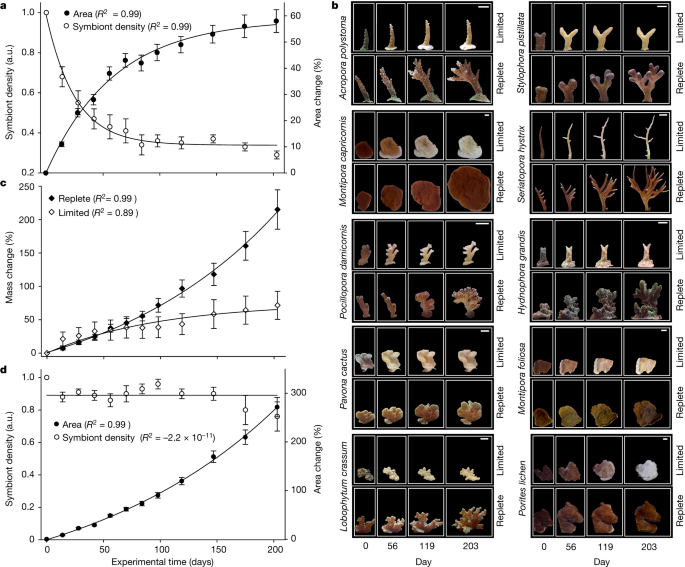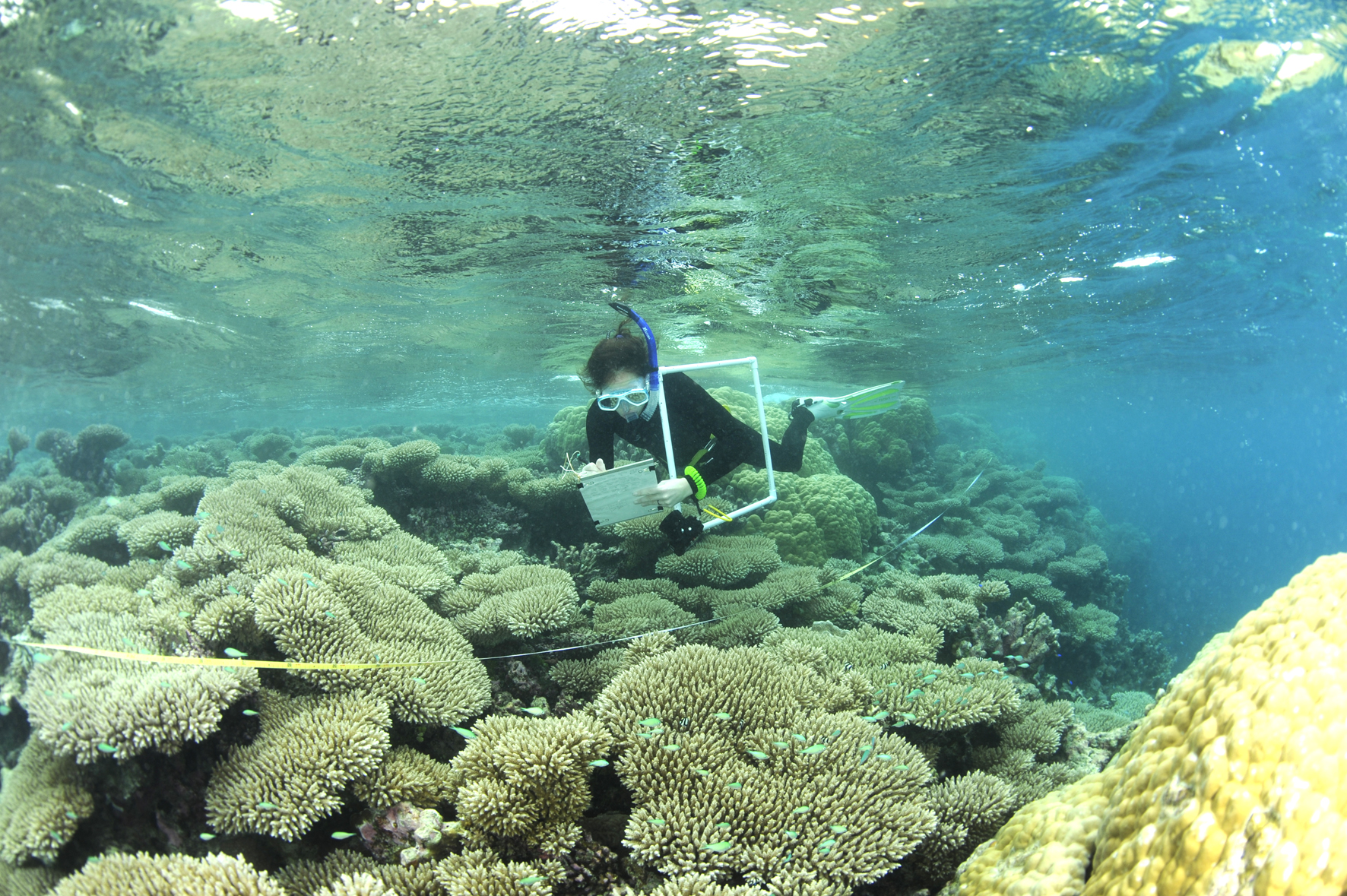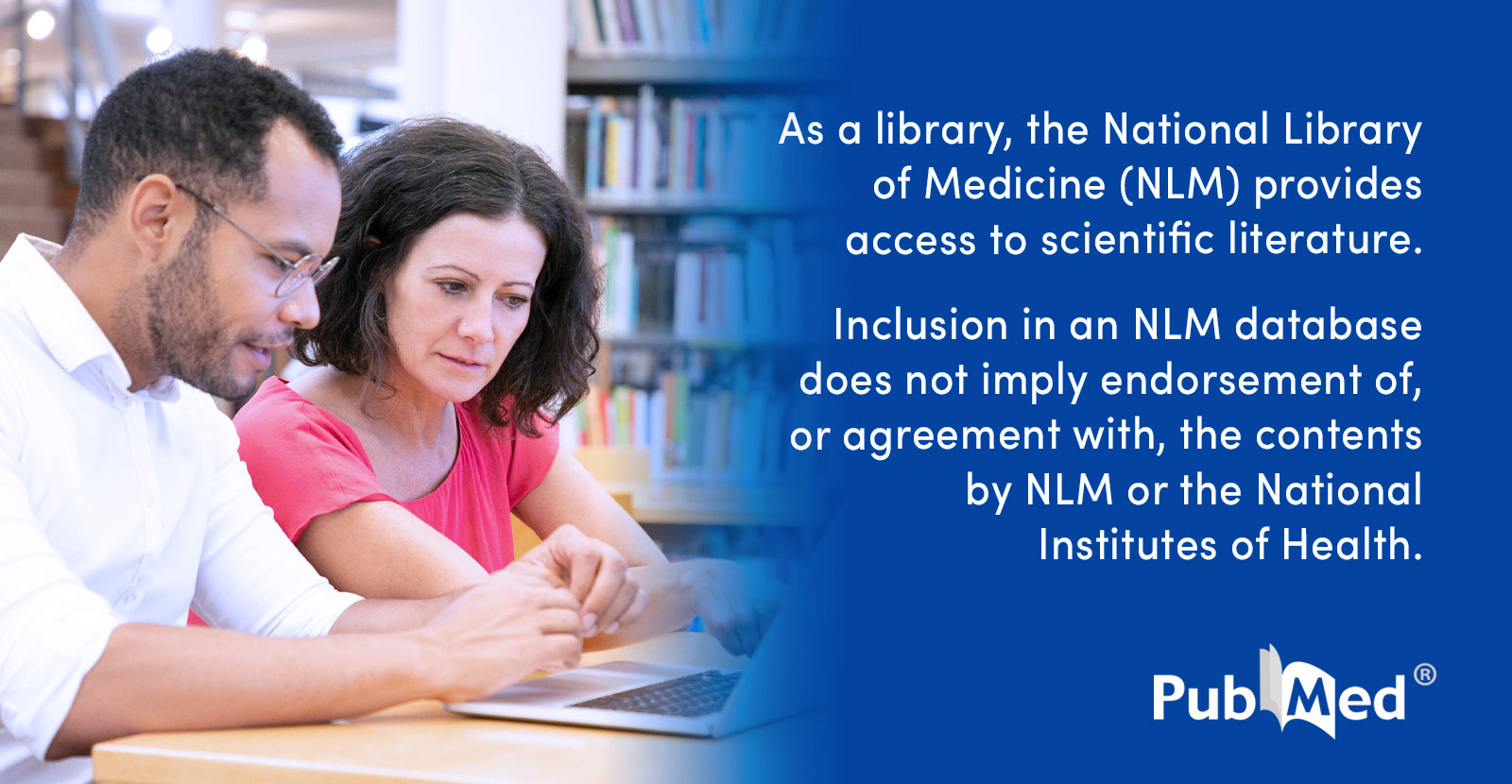Since my beginning as reefer and holding corals I always has said that it would be very strange from a biological energy conservation point of view if not the coral animal eat and digest at least a part of the algal residents in their tissue. Many has understand that the coral animal must in one or another way control the amount of algae in their tissue but most people seems to believe that the coral animal just repel excess algae from their tissue. For me - it has not been an answer in line with how energy conservation works in nature. For me - it has been more likely that coral animal just farm the resident algae and consumed the surplus algae in order to use their nutrients in favor for the animal host. It has been no evidence for this in science literature - I have based my thoughts mostly from other known patterns of energy conservation in nature and from a philosophic point of view.
However - yesterday an article was published in Nature that strongly support the farmer theory

 www.nature.com
www.nature.com
Sincerely Lasse
However - yesterday an article was published in Nature that strongly support the farmer theory

Reef-building corals farm and feed on their photosynthetic symbionts - Nature
Long-term experiments show that corals acquire dissolved inorganic nitrogen and phosphorus by feeding on symbiont cells, which provide essential nutrients enabling their success in nutrient-poor waters.
Sincerely Lasse





















